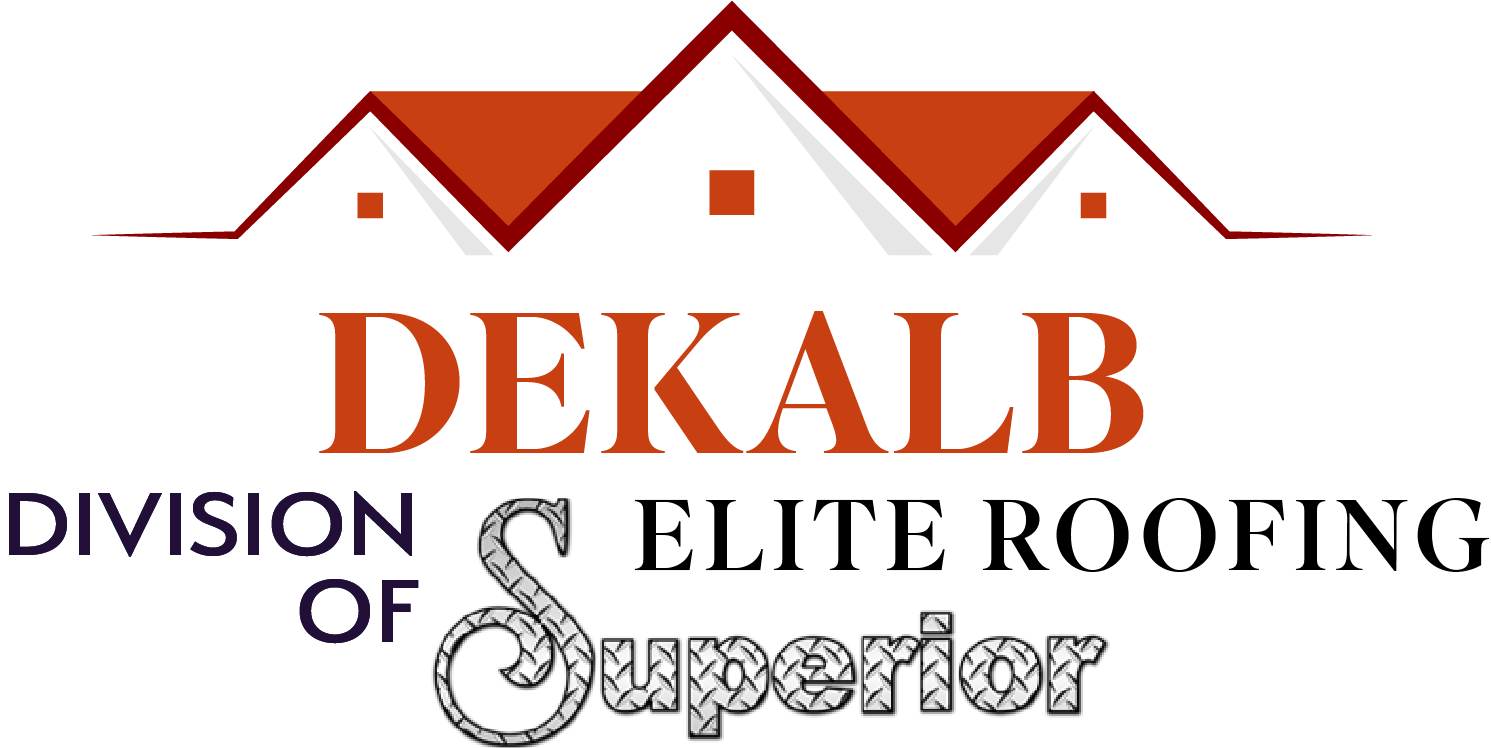Single-Ply Membranes
Single-ply membranes are popular for flat roofs due to their flexibility and ease of installation. We use three main types: TPO, EPDM, and PVC.
TPO (Thermoplastic Olefin) offers good heat reflection and resistance to UV rays. It is energy-efficient and prevents mold growth. TPO membranes are also weldable, creating strong seams.
EPDM (Ethylene Propylene Diene Monomer) is a rubber membrane known for durability and weather resistance. It works well in extreme temperatures and is cost-effective.
PVC (Polyvinyl Chloride) is a plastic membrane that provides excellent chemical resistance and fire retardancy. It is durable but usually costs more than EPDM or TPO.
Built-Up Roofing Systems
Built-up roofing (BUR) uses multiple layers of bitumen and reinforcing fabrics. It creates a thick, water-resistant surface on flat roofs.
We install between three to five layers, which helps with durability and leak protection. These layers are topped with gravel or a reflective coating to shield from sun damage.
This system offers strong waterproofing and long life but is heavier than single-ply options. It requires careful installation to prevent ponding water.
Modified Bitumen Solutions
Modified bitumen is an evolution of built-up roofing with added polymers for flexibility and durability. We often use APP (Atactic Polypropylene) or SBS (Styrene-Butadiene-Styrene) modifiers.
APP-modified bitumen resists heat and UV rays, making it ideal for hot climates. SBS offers better elasticity and toughness, especially in cold weather.
This roofing type is usually applied with heat or self-adhesive sheets. It combines strength with ease of repair and is suitable for both new roofs and overlays.
Why Flat Roofs Are Ideal for Commercial Properties
Flat roofs offer several benefits that directly impact cost, space, and upkeep. Their design supports better energy control, adds useful space, and makes repairs simpler and quicker.
Energy Efficiency and Insulation
Flat roofs allow us to install thick layers of insulation with fewer gaps. This helps keep buildings cooler in the summer and warmer in the winter. It reduces the need for extra heating or cooling, lowering energy bills. We can easily add reflective coatings or energy-saving membranes on flat roofs. These materials reflect sunlight and reduce heat absorption. This keeps the building temperature stable and saves money on air conditioning.
Using energy-efficient materials on flat roofs also contributes to meeting green building standards. This is important for companies aiming to reduce their environmental impact.
Maximized Usable Space
Flat roofs provide extra space that we can use for many purposes. Businesses often convert this area into rooftop gardens, seating, or solar panel installations. This added space can boost property value and improve the work environment without expanding the building footprint. It is especially valuable in crowded urban settings where land is limited.
Our clients appreciate that flat roofs give them options to customize the space for their needs. This flexibility makes flat roofs a smart choice for commercial properties.
Ease of Maintenance
We find flat roofs easier to inspect and repair because of their simple, flat surface. Walking on a flat roof is safer and less likely to cause damage compared to sloped roofs. Repairs can be faster and less expensive. We can spot leaks or wear quickly and fix them before they cause serious problems.
Flat roofs also have fewer joints and seams, which lowers the chance of water leaks. Regular maintenance on these roofs is straightforward and helps extend their life.
Frequently Asked Questions About Flat Roof Installation
What is the typical lifespan of a flat roof?
Our flat roofs usually last between 15 to 25 years depending on the materials used and how well they are maintained. We aim to install roofs that offer durability and long-term protection.
How do you ensure proper drainage on your flat roof installations?
We design flat roofs with slight slopes to allow water to flow off easily. Our team installs drains and scuppers to prevent water buildup and avoid leaks.
What materials do you use for flat roof installations?
We use materials like TPO, EPDM rubber, PVC, and modified bitumen based on your budget and building needs. Each material is selected for its strength and weather resistance.
Can you provide custom flat roof solutions for commercial buildings?
Yes, we tailor flat roof designs to fit the size and function of commercial properties. Our team works closely with clients to meet specific structural and aesthetic needs.
What maintenance services do you offer after installation?
We offer regular inspections, cleaning, and repairs to keep your flat roof in good condition. Our maintenance services help extend the life of the roof and prevent costly damage.
